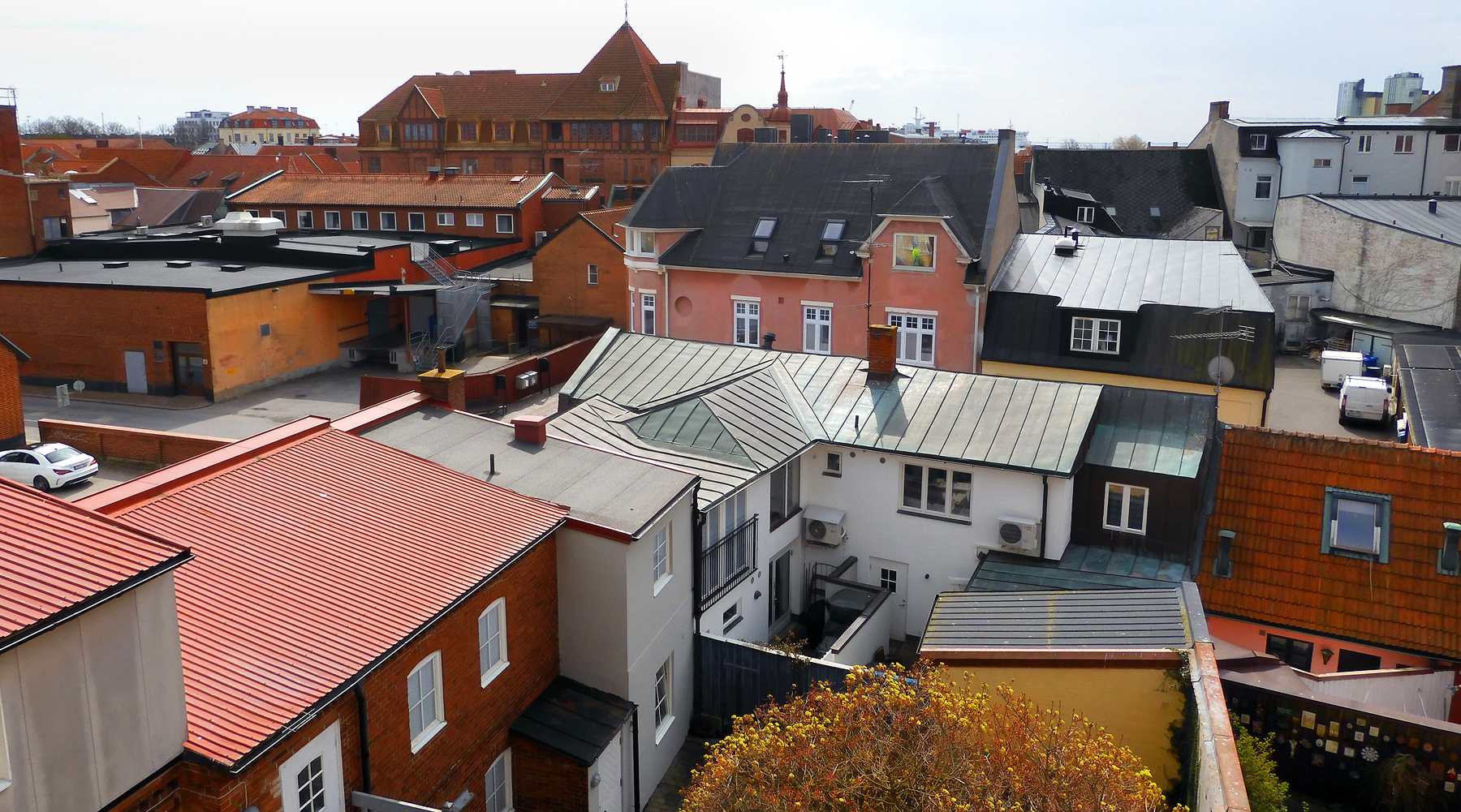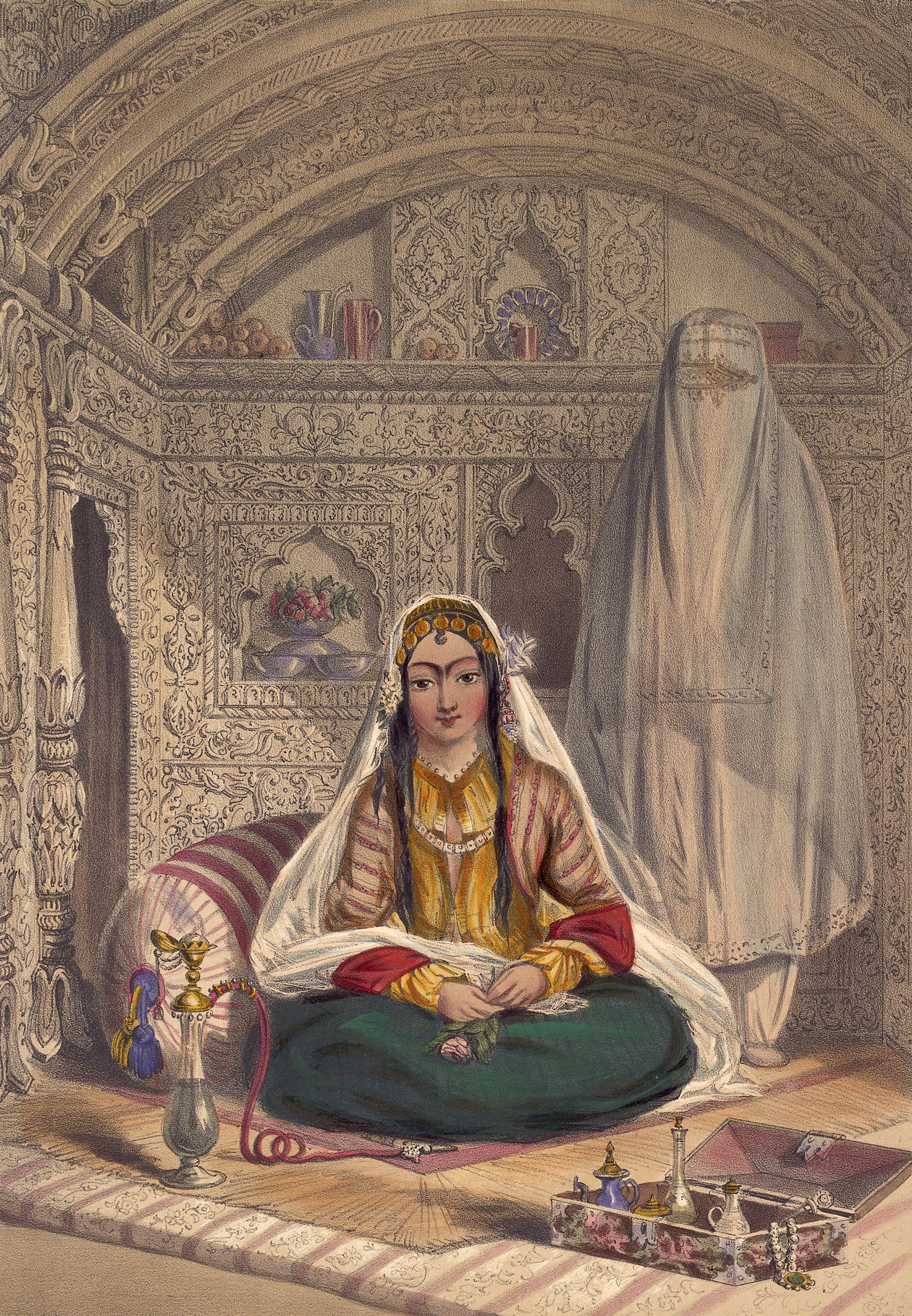|
Fath-Ali Shahi Caravanserai
The Fath Ali Shah Caravanserai, (Persian language, Persian: کاروانسرای فتحعلیشاهی) also called the ''Robat Karim Caravanserai'' or ''Haj Kamal Caravanserai'' is a caravanserai located at kilometer 30 of the Tehran-Saveh road in the Robat Karim district of Tehran province, Iran. This caravanserai was built in 1829 during the reign of Fath Ali Shah. It is one of the tourist attractions of Robat Karim. The building is made of stone, brick, clay mortar, and plaster, and its only decoration is brickwork. Part of this caravanserai, known as the "meeting hall," was used for storytelling and narration. On the rooftop of the caravanserai, there are two watchtowers where guards would stay to monitor the entire Robat Karim area. ''Containing text in Persian language, Persian'' History An inscription on the entrance of this caravanserai bears the name "Kamal Caravanserai" and the construction date of 1245 Hijri year, AH (Islamic calendar). Kamal was a eunuch in Fath Ali Sh ... [...More Info...] [...Related Items...] OR: [Wikipedia] [Google] [Baidu] |
Hijri Year
The Hijri year () or era () is the era used in the Islamic lunar calendar. It begins its count from the Islamic New Year in which Muhammad and his followers migrated from Mecca to Yathrib (now Medina) in 622 CE. This event, known as the Hijrah, is commemorated in Islam for its role in the founding of the first Muslim community (''ummah''). Currently, the Hijri year is . In the West, this era is most commonly denoted as AH (, , ) in parallel with the Christian/Common (AD/CE) and Jewish eras (AM) and can similarly be placed before (preferably) or after the date. In predominantly Muslim countries, it is also commonly abbreviated H ("Hijra") from its Arabic abbreviation (). Years prior to AH 1 are reckoned in English as BH ("Before the Hijra"), which should follow the date. A year in the Islamic lunar calendar consists of twelve lunar months and has only 354 or 355 days in its year. Consequently, its New Year's Day occurs ten days earlier each year relative to the Gregorian ... [...More Info...] [...Related Items...] OR: [Wikipedia] [Google] [Baidu] |
Robat Karim County
Robat Karim County () is in Tehran province, Iran Iran, officially the Islamic Republic of Iran (IRI) and also known as Persia, is a country in West Asia. It borders Iraq to the west, Turkey, Azerbaijan, and Armenia to the northwest, the Caspian Sea to the north, Turkmenistan to the nort .... Its capital is the city of Robat Karim. History After the 2006 National Census, Bostan and Golestan Districts (except the city of Nasirshahr) were separated from the county in the establishment of Baharestan County. The city was transferred to the Central District. After the 2011 census, the new city of Parand was formed. Demographics Population In 1986, the county's population was around 20,000. At the time of the 2006 census, the county's population was 608,530 in 149,444 households. The following census in 2011 counted 195,917 people in 54,900 households. The 2016 census measured the population of the county as 291,516 in 89,271 households. Administrative divisions ... [...More Info...] [...Related Items...] OR: [Wikipedia] [Google] [Baidu] |
Gypsum
Gypsum is a soft sulfate mineral composed of calcium sulfate Hydrate, dihydrate, with the chemical formula . It is widely mined and is used as a fertilizer and as the main constituent in many forms of plaster, drywall and blackboard or sidewalk chalk. Gypsum also Crystallization, crystallizes as translucent crystals of selenite (mineral), selenite. It forms as an evaporite mineral and as a Mineral hydration, hydration product of anhydrite. The Mohs scale of mineral hardness defines gypsum as hardness value 2 based on Scratch hardness, scratch hardness comparison. Fine-grained white or lightly tinted forms of gypsum known as alabaster have been used for sculpture by many cultures including Ancient Egypt, Mesopotamia, Ancient Rome, the Byzantine Empire, and the Nottingham alabasters of Medieval England. Etymology and history The word ''wikt:gypsum, gypsum'' is derived from the Greek language, Greek word (), "plaster". Because the quarry, quarries of the Montmartre district of P ... [...More Info...] [...Related Items...] OR: [Wikipedia] [Google] [Baidu] |
Lime (material)
Lime most commonly refers to: * Lime (fruit), a green citrus fruit * Lime (material), inorganic materials containing calcium, usually calcium oxide or calcium hydroxide * Lime (color), a color between yellow and green Lime may also refer to: Botany * Australian lime, a species of ''Citrus'' native to Australia and Papua New Guinea * Key lime, a citrus hybrid with a spherical fruit * Persian lime, a citrus fruit species of hybrid origin * ''Tilia'', a genus of trees known in Britain as lime trees, lime-wood, basswood, or linden * Wild lime or ''Zanthoxylum fagara'', a green fruit native to the Americas Chemistry * Agricultural lime, a soil additive containing calcium carbonate and other ingredients * Birdlime, a sticky substance spread on branches to trap small birds * Calcium hydroxide, a.k.a. slaked lime, slack lime, limewater, pickling lime or hydrated lime ** Hydraulic lime, used to make lime mortar ** Limewater or calcium hydroxide, saturated calcium hydroxide solution * Cal ... [...More Info...] [...Related Items...] OR: [Wikipedia] [Google] [Baidu] |
Brick
A brick is a type of construction material used to build walls, pavements and other elements in masonry construction. Properly, the term ''brick'' denotes a unit primarily composed of clay. But is now also used informally to denote building units made of other materials or other chemically cured construction blocks. Bricks can be joined using Mortar (masonry), mortar, adhesives or by interlocking. Bricks are usually produced at brickworks in numerous classes, types, materials, and sizes which vary with region, and are produced in bulk quantities. Concrete masonry unit, ''Block'' is a similar term referring to a rectangular building unit composed of clay or concrete, but is usually larger than a brick. Lightweight bricks (also called lightweight blocks) are made from expanded clay aggregate. Fired bricks are one of the longest-lasting and strongest building materials, sometimes referred to as artificial stone, and have been used since . Air-dried bricks, also known as mudbricks ... [...More Info...] [...Related Items...] OR: [Wikipedia] [Google] [Baidu] |
Roof
A roof (: roofs or rooves) is the top covering of a building, including all materials and constructions necessary to support it on the walls of the building or on uprights, providing protection against rain, snow, sunlight, extremes of temperature, and wind. A roof is part of the building envelope. The characteristics of a roof are dependent upon the purpose of the building that it covers, the available roofing materials and the local traditions of construction and wider concepts of architectural design and practice, and may also be governed by local or national legislation. In most countries, a roof protects primarily against rain. A verandah may be roofed with material that protects against sunlight but admits the other elements. The roof of a Conservatory (greenhouse), garden conservatory protects plants from cold, wind, and rain, but admits light. A roof may also provide additional living space, for example, a roof garden. Etymology Old English 'roof, ceiling, top, summ ... [...More Info...] [...Related Items...] OR: [Wikipedia] [Google] [Baidu] |
Storytelling
Storytelling is the social and cultural activity of sharing narrative, stories, sometimes with improvisation, theatre, theatrics or embellishment. Every culture has its own narratives, which are shared as a means of entertainment, education, cultural preservation or instilling moral values. Crucial elements of stories and storytelling include Plot (narrative), plot, Character (arts), characters and point of view (literature), narrative point of view. The term "storytelling" can refer specifically to oral storytelling but also broadly to techniques used in other media to unfold or disclose the narrative of a story. Historical perspective Storytelling, intertwined with the development of mythology, mythologies, predates writing. The earliest forms of storytelling were usually oral literature, oral, combined with gestures and expressions. Storytelling often has a prominent educational and performative role in religious rituals (for example, the Passover Seder), and some archaeo ... [...More Info...] [...Related Items...] OR: [Wikipedia] [Google] [Baidu] |
Harem
A harem is a domestic space that is reserved for the women of the house in a Muslim family. A harem may house a man's wife or wives, their pre-pubescent male children, unmarried daughters, female domestic Domestic worker, servants, and other unmarried female relatives. In the past, during the history of slavery in the Muslim world, era of slavery in the Muslim world, harems also housed enslaved Concubinage in Islam, concubines. In former times, some harems were guarded by eunuchs who were allowed inside. The structure of the harem and the extent of monogamy or polygyny have varied depending on the family's personalities, socio-economic status, and local customs. Similar institutions have been common in other Mediterranean Basin, Mediterranean and Middle Eastern civilizations, especially among royal and upper-class families, and the term is sometimes used in other contexts. In traditional Persian residential architecture, the women's quarters were known as (), and in the Indian s ... [...More Info...] [...Related Items...] OR: [Wikipedia] [Google] [Baidu] |
Clay
Clay is a type of fine-grained natural soil material containing clay minerals (hydrous aluminium phyllosilicates, e.g. kaolinite, ). Most pure clay minerals are white or light-coloured, but natural clays show a variety of colours from impurities, such as a reddish or brownish colour from small amounts of iron oxide. Clays develop plasticity (physics), plasticity when wet but can be hardened through Pottery#Firing, firing. Clay is the longest-known ceramic material. Prehistoric humans discovered the useful properties of clay and used it for making pottery. Some of the earliest pottery shards have been radiocarbon dating, dated to around 14,000 BCE, and Clay tablet, clay tablets were the first known writing medium. Clay is used in many modern industrial processes, such as paper making, cement production, and chemical filtration, filtering. Between one-half and two-thirds of the world's population live or work in buildings made with clay, often baked into brick, as an essenti ... [...More Info...] [...Related Items...] OR: [Wikipedia] [Google] [Baidu] |
Persian Language
Persian ( ), also known by its endonym and exonym, endonym Farsi (, Fārsī ), is a Western Iranian languages, Western Iranian language belonging to the Iranian languages, Iranian branch of the Indo-Iranian languages, Indo-Iranian subdivision of the Indo-European languages. Persian is a pluricentric language predominantly spoken and used officially within Iran, Afghanistan, and Tajikistan in three mutual intelligibility, mutually intelligible standard language, standard varieties, respectively Iranian Persian (officially known as ''Persian''), Dari, Dari Persian (officially known as ''Dari'' since 1964), and Tajik language, Tajiki Persian (officially known as ''Tajik'' since 1999).Siddikzoda, S. "Tajik Language: Farsi or not Farsi?" in ''Media Insight Central Asia #27'', August 2002. It is also spoken natively in the Tajik variety by a significant population within Uzbekistan, as well as within other regions with a Persianate society, Persianate history in the cultural sphere o ... [...More Info...] [...Related Items...] OR: [Wikipedia] [Google] [Baidu] |
Fath Ali Shah
Fath-Ali Shah Qajar (; 5 August 1772 – 24 October 1834) was the second Shah of Qajar Iran. He reigned from 17 June 1797 until his death on 24 October 1834. His reign saw the irrevocable ceding of Iran's northern territories in the Caucasus, comprising what is nowadays Georgia, Dagestan, Azerbaijan, and Armenia, to the Russian Empire following the Russo-Persian Wars of 1804–1813 and 1826–1828 and the resulting treaties of Gulistan and Turkmenchay., page 728 These two treaties are closely tied to Fath-Ali Shah's legacy amongst Iranians, who often view him as a weak ruler. Fath-Ali Shah successfully reconstituted his realm from a mostly Turkic tribal khanship into a centralized and stable monarchy based on the old imperial design. At the end of his reign, his difficult economic problems and military and technological liabilities took Iran to the verge of governmental disintegration, which was quickened by a consequent struggle for the throne after his death. Under Fath-Ali ... [...More Info...] [...Related Items...] OR: [Wikipedia] [Google] [Baidu] |






